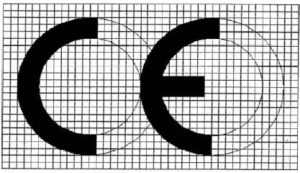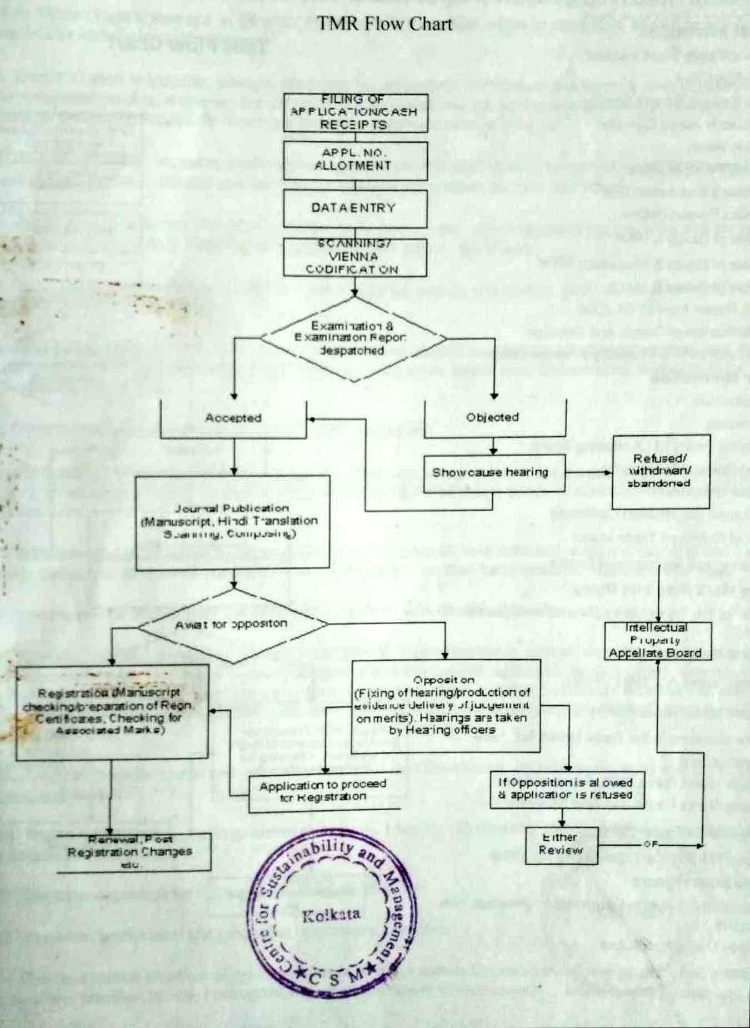The CE marking (an acronym for the French “Conformite Europeenne”) certifies that a
product has met EU health, safety, and environmental requirements, which ensure
consumer safety. Manufacturers in the European Union (EU) and abroad must meet CE
marking requirements where applicable in order to market their products in Europe. A
manufacturer who has gone through the conformity assessment process may affix the
CE marking to the product. With the CE marking, the product may be marketed
throughout the EU.

WHY CE MARKING?
The European CE certification procedure has been mainly set up to:
Harmonize all varying national regulations for consumer and industrial products in
European Member States, so that the Single Market is encouraged,
Bring about cost savings for producers,
Enhance the safety of products,
Supply public bodies with a uniform procedure that can be checked.
Since the Treaty of Rome was signed in 1946, the community of European states has
continued to pursue the establishment of an internal market in Europe. In this ‘Single
Market’ a free movement of goods, persons, capital and services would have to be
realized.
For a long time, the free movement of goods was frustrated by the fact that the national
member states of the European Community were allowed to set national safety and
health requirements for products. In practice, the many different technical product
requirements and test procedures proved to cause trade barriers between the member
states of the European Community, and thus were contrary to the goals of this
organization. Inspired by a series of rulings of the European Court of Justice, the
European Commission and Council tried to break down the trade barriers by
harmonizing the different national rules.
CE MARKING DIRECTIVES
CE MARKING directives introduced within the EU which cover a wide ranging group of
products. Directives have already been issued are as follows:
Services offered in the following areas –
Machinery
Telecommunications
Gas Appliances
Pressure Vessels
Hot Water Boilers
Equipments used in Explosive Atmosphere (ATEX)
Pressure Equipments
Low Voltage products (50 – 1000V & 75 – 1500V DC)
Electromagnetic Compatibility
Recreational Pleasure Crafts
Personal Protective Equipments
Construction Products
Lifts (Elevator)
Weighing Machines
Toys
COMPLIANCES PROCESS
The process a company has to follow to show that a product meets the essential
requirements is known as attestation. The route of attestation varies with the safety of
the products class. For those with a higher risk the demands are therefore greater.
STAGES TO CE MARKING
STAGE I
The first consideration is to determine whether the product is covered by any of the
European Directives which require products to be “CE” Marked and if so which one is
applicable.
STAGE II
Having identified the relevant directives it is important to determine the European
product standard and norms applicable to the manufacture and safety requirements of
the products under assessment.
STAGE III
Carry out a risk assessment to identify which of the following categories is applicable to
the product:
i) Simple Design
ii) Intermediate Design
iii) High-Risk Design
Carry out the necessary assessment of the labeling, operational, installation and
maintenance documentation produced to ensure it is accurate and correct to the
requirements.
STAGE IV
To develop a technical file on the product that is applied for CE MARK. Technical file
requires containing all relevant technical and user information, risk assessments and
manufacturing details including design of the product which would support the
declaration of conformity.
STAGE V
Produce a declaration of conformity identifying the product with its technical
documentation and the relevant EU standard and norms applicable and with which the
product complies. The product will carry instruction for the end users including legal
obligation and risk related to its use under normal circumstances.
STAGE VI
Upon a successful assessment of the product by the selected Competent Body or
Notified Body, “CE” Mark would be applied and the same product can be shipped
throughout the EU without any restriction.
STAGE VII
The organization is able to affix the “CE” mark on its product and declare to all parties that the
product conforms to all applicable norms. To implement a customer feedback system to
identify product weaknesses that may affect health & safety.
Validity
The validity period may only be one year for some high-risk devices as it depends on the
risk of the product on which CE MARK is given.
Documented by CSM for the Entrepreneurs 2020





 .
.
 .
.
 .
.